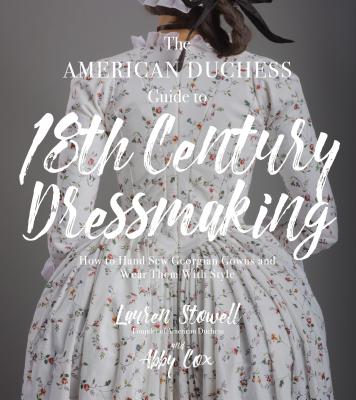
CHASE / LORENTZ / CHASE
product information
Condition: New,
UPC: 8004130046220,
Publication Date: 01/20/2017,
Type: COMPACT DISC,
Style: CLASSICAL/ORCHESTRAL & SYMPHONIC,
description
tracks
Section 1, BinduSection 2, Drsti
Section 3, Japa
Section 4, Bhajan
notes
Chase’s boundary-stretching music has beendescribed as “brawling yet taut” (Los Angeles Times); “crackling, witty” (Albuquerque Journal); “quietly provocative...compelling” (Textura); “brilliant” (The Strad); “seamless, powerful...
spectacular” (Whittier Press); and “the human brain at its most imaginative” (LA Weekly).
"Bhajan," described by one critic as “a pas de deux between violin and electronics,” is in four joined/continuous sections. Influenced by many musics from around the globe, the work tantalizes and bewitches the ear with a breadth of sounds that ebb and flow as if guided by an elusive but inherent sense of logic. The composer performs its electronics/computer part while noted violinist Robin Lorentz (who has appeared on four previous Cold Blue CDs) propels the music compellingly, interacting with the array of synthesized and processed sounds occurring around her.
Discussing his piece’s influences and title and the titles of its four sections, Chase states, “‘Bhajan’ is the general term for any variety of Hindu devotional song, typically sung, with a strong melodic component. My work Bhajan…embodies ideas about temporal freedom, melodic non-structure, and fusions of musical genre, disparate ethnicities, and instrumental combinations, and explores…ideas about breath and timing I’ve come to through study of Hindu spiritual/Vedic thought on sound and sound’s role in the making of life. It is deeply influenced by Indian raga, and it resonates with the soundscapes of my Arab heritage, while tonally it remains, intentionally, within the Western classical vocabulary.
"When I was four, my dad brought me to his homeland of Syria. I was plunged into an unfamiliar but wildly rich world of sound. Music was everywhere in Damascus and merged continuously with the sounds of daily life. It spilled out of cabs, restaurants, and shop doors and belted down from balconies where young men in pajamas smoked cigarettes and shouted conversations with their friends on the street. Old DeSoto cabs honked cartoon-sounding horns indiscriminately at bell-clad donkeys pulling merchants who advertised their wares in loud, song-like chants. News broadcasts and television shows were as frequently interrupted by advertisements as they were by the latest chart-topper from Lebanese mega-star Fairuz or an old standard by Egyptian singing legend Umm Kulthum or a lively tune by Syria’s own Sabah Fakhri and his orchestra. Even in the otherwise silent hours just before dawn the gentle recitations of the imam hovered over the city, offering prayers of protection and devotion and, as the sun rose, dissolving into choruses of mourning doves cooing over my bedroom window. That experience shaped my understanding of the world as an ongoing, uninterrupted musical experience." (Nicholas Chase)
credits
Composed By, Co-producer, Computer, Electronics, Engineer – Nicholas Chase
Design, Executive Producer – Jim Fox (4)
electric violin, Co-producer – Robin Lorentz
Mastered By – Scott Fraser
Photography By – Andy Futreal, Nicholas Chase
member goods
No member items were found under this heading.
Return Policy
All sales are final
Shipping
No special shipping considerations available.
Shipping fees determined at checkout.







